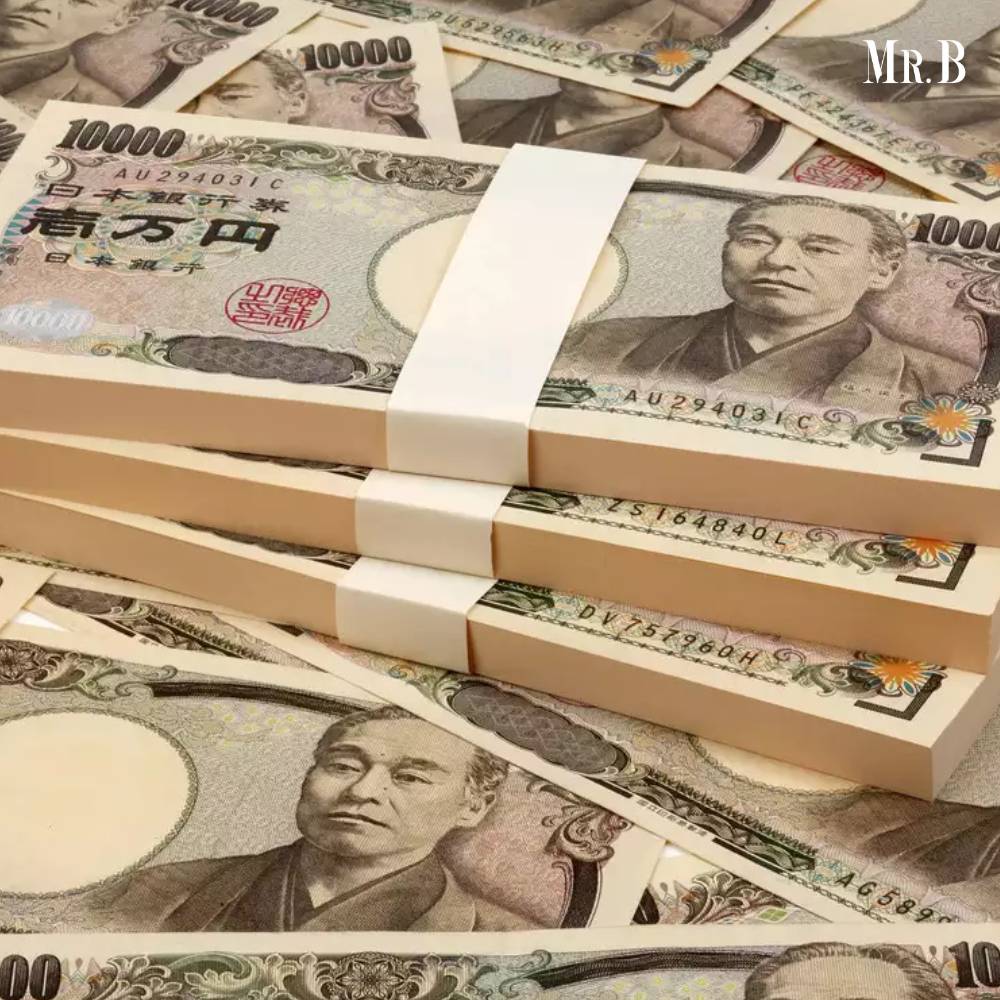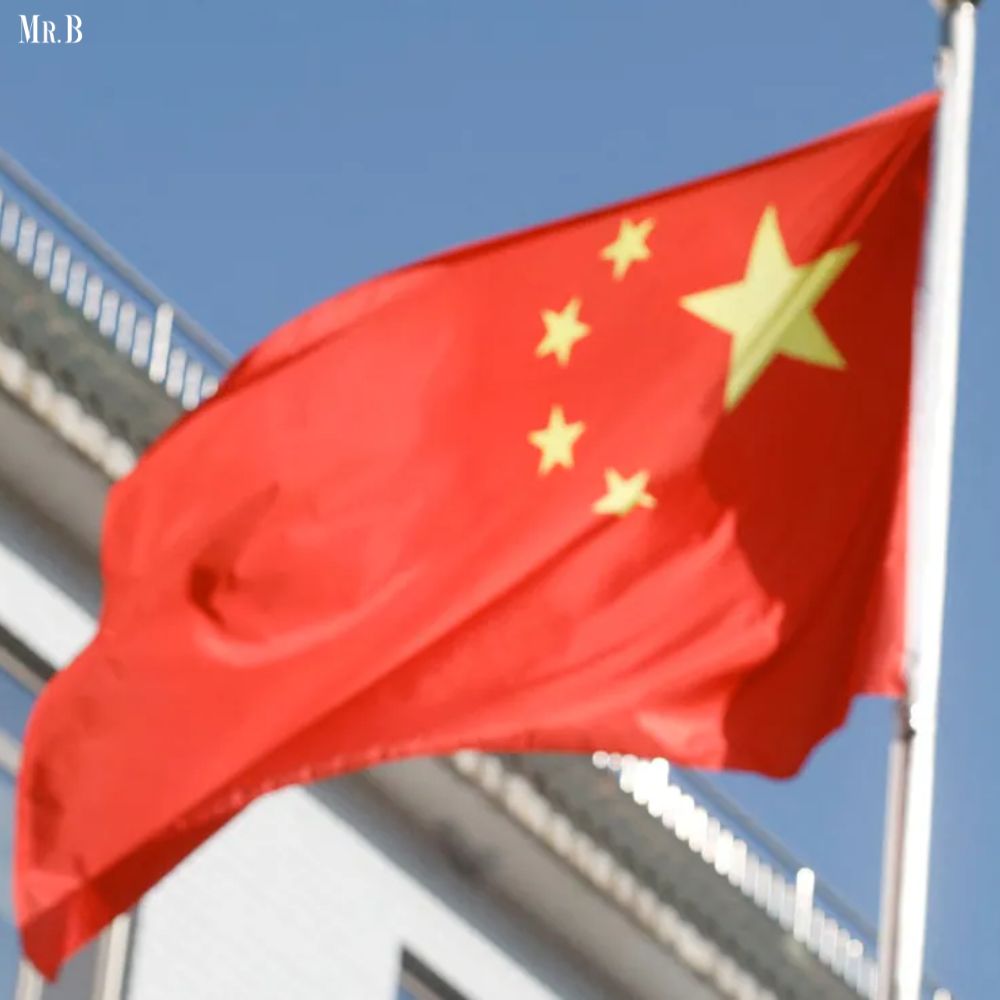On Wednesday morning, the Japanese yen plummeted to its lowest level against the US dollar in 34 years, sparking concerns among Japanese finance officials. This decline in the yen’s value is attributed to a currency situation rather than an outright crisis, with the root cause lying in the differing interest rate policies between Japan and the United States. While Japan’s central bank has maintained low interest rates to stimulate economic growth, the sharp rise in American interest rates has led Japanese investors to seek higher returns by acquiring more US Dollars. The ongoing weakening of the yen against the dollar underscores the intricate interplay between global economic forces.
Impact on Trade and Consumer Goods Due to US Dollar
The weakening yen has repercussions not only for Japan but also for the American economy. A depreciated yen theoretically makes Japanese exports cheaper for American consumers, yet experts suggest that this may not translate into significant price reductions, particularly in the automotive sector. Despite the yen’s decline, Japanese automakers have opted to maintain prices rather than flood the American market with cheaper vehicles. However, consumers may see cheaper imports from other Asian countries as their currencies also weaken in response to the yen’s decline. While Japanese authorities weigh potential intervention measures, market uncertainty persists regarding the efficacy of such actions in stabilizing currency fluctuations. As policymakers navigate these challenges, they must also consider the broader implications for trade relationships, investment flows, and global economic stability in the long term.
Potential Economic Shifts and Intervention Measures
As the yen continues to weaken, American exports to Japan become more expensive, potentially affecting sectors such as agriculture. Moreover, the decline in the yen’s value could deter Japanese investment in the United States, leading to implications for industries such as automotive manufacturing. Market speculation regarding potential intervention in the currency has intensified, with Japanese authorities closely monitoring the situation. There are discussions about measures to counter disorderly fluctuations in the currency, indicating a high level of urgency among policymakers. Potential intervention aims to buy time until the U.S. Federal Reserve adjusts its interest rates or until the Bank of Japan revises its policies. Despite recent policy changes by central banks, such as the Bank of Japan’s abandonment of negative interest rates, the yen’s weakening trend persists, prompting concerns about its long-term implications for global trade and economic stability. This underscores the complexity of managing currency dynamics in an increasingly interconnected world economy.
Curious to learn more? Explore this News on: Mr. Business Magazine








